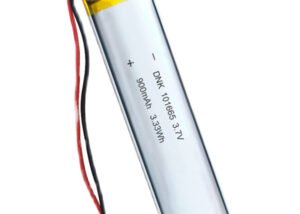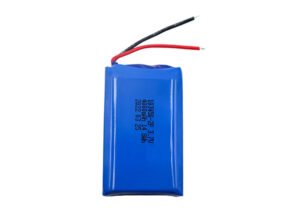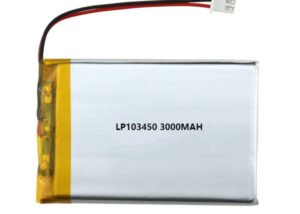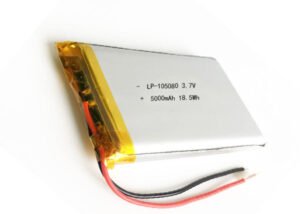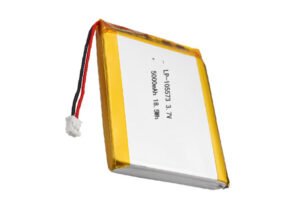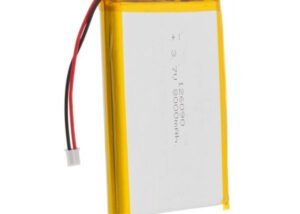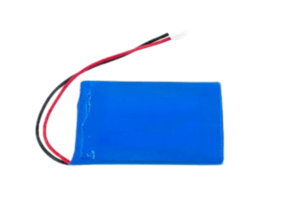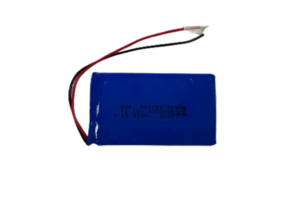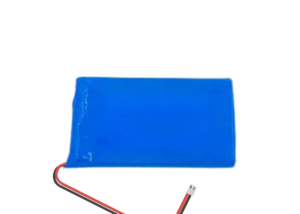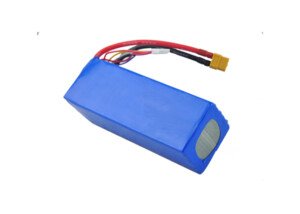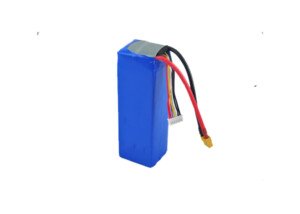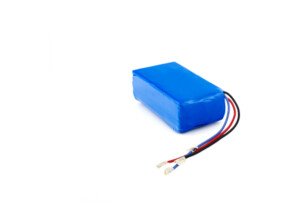Lithium Polymer Battery in Body Fat Monitor
LiPO batteries are becoming increasingly popular in various electronic devices, including healthcare devices. These batteries are known for their high energy density, lightweight, and compact size. In this post, we will explore the use of LiPO batteries in body fat monitors. Body fat monitors are devices used to measure body fat percentage, which is an important metric for health and fitness.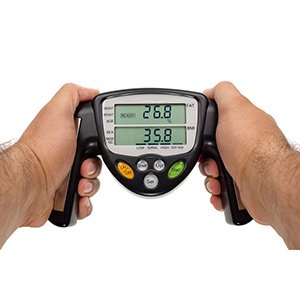
Body fat monitors are devices that use bioelectrical impedance analysis (BIA) to measure body fat percentage. BIA works by sending a small electrical current through the body and measuring the resistance of the body tissues. Since fat has a higher resistance than muscle, the amount of resistance measured can be used to calculate body fat percentage.
Accurate body fat measurements are important for health and fitness. A high body fat percentage is associated with an increased risk of various health problems, including heart disease, stroke, and diabetes. On the other hand, a low body fat percentage can indicate malnutrition or an eating disorder.
LiPO Batteries in Body Fat Monitors
There are several advantages to using LiPO batteries in body fat monitors. First, LiPO batteries have a high energy density, which means they can store more energy in a smaller space than other types of batteries. This is important for body fat monitors, which need to be small and lightweight for portability.
Second, LiPO batteries have a relatively long lifespan. This means that body fat monitors can be used for longer periods of time without needing to be charged or replaced. This is particularly important for devices used in healthcare settings, where reliability is crucial.
However, there are also challenges associated with integrating LiPO batteries into body fat monitors. One challenge is ensuring that the battery is properly protected from damage, since LiPO batteries are sensitive to overcharging and overheating. Another challenge is designing the circuitry to ensure that the battery is used efficiently, so that the device can operate for as long as possible on a single charge.
DNK Power is a custom Rechargeable lipolymer battery manufacturer based in China,We have In stock small and compact 3.7V lipo battery, capacity from 5mah, 800mah, 1000mah, 15000mah,10000mah and etc. We focus on the best and cheap small design products that are the most cost-effective, environmentally safe and exceed all of their specifications, we will never let you down, you can check more of our certificates including MSDS UN 38.3, IEC, KC, etc.
Design Considerations
When designing a body fat monitor with a LiPO battery, there are several factors that must be considered. These include the size and weight of the battery, the voltage and current requirements of the device, and the charging and discharging characteristics of the battery.
To optimize the battery life of a LiPO battery in a body fat monitor, designers should consider using low-power components, such as low-power microcontrollers and sensors. They should also design the circuitry to minimize the amount of time that the device is in standby mode, since this can drain the battery quickly.
Safety Considerations
There are safety concerns associated with using LiPO batteries in body fat monitors. LiPO batteries are known to be sensitive to overcharging and overheating, which can cause them to catch fire or explode. To minimize the risk of fire or explosion, designers should ensure that the battery is properly protected from damage, and that the charging circuitry is designed to prevent overcharging.
Users should also be advised to follow the manufacturer’s instructions for charging and using the device, and to avoid exposing the device to extreme temperatures or physical damage.
In conclusion, LiPO batteries offer several advantages for use in body fat monitors, including high energy density, long lifespan, and compact size. However, there are also challenges associated with integrating LiPO batteries into these devices, and safety concerns must be taken into account. Despite these challenges, the use of LiPO batteries in healthcare devices is a promising area for future research and development. Engineers should continue exploring the use of LiPO batteries in healthcare devices, to improve the reliability and performance of these important devices.
Here belowing are some lithium polymer batteries in DNK POWER, you can click and see their details. Hope they will be useful to you.


